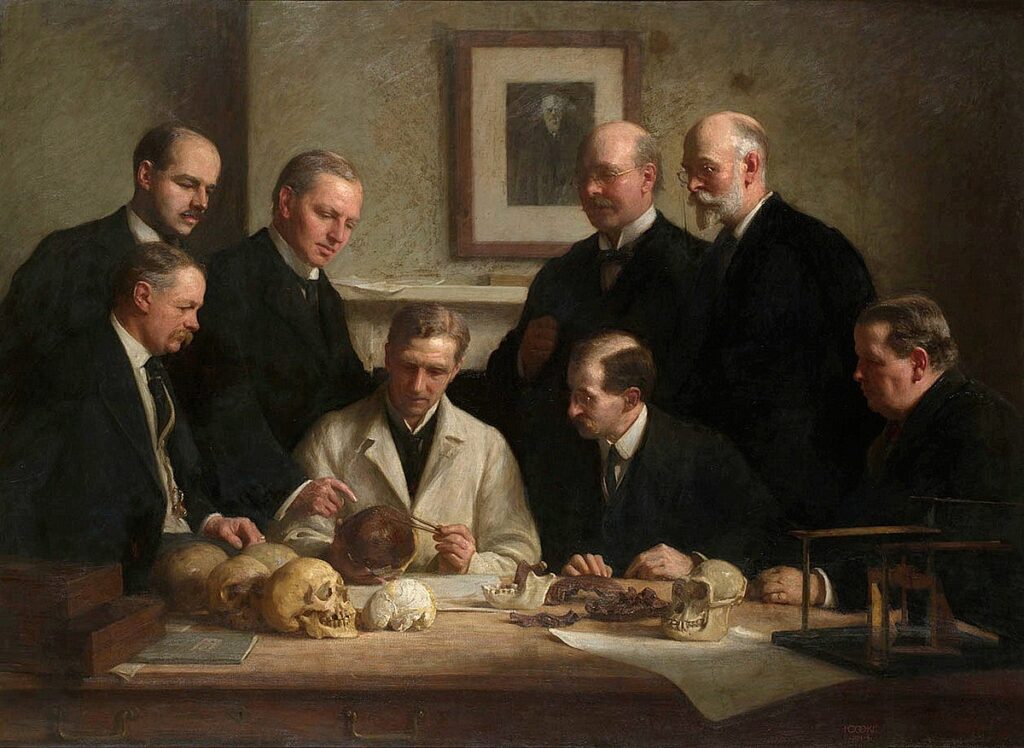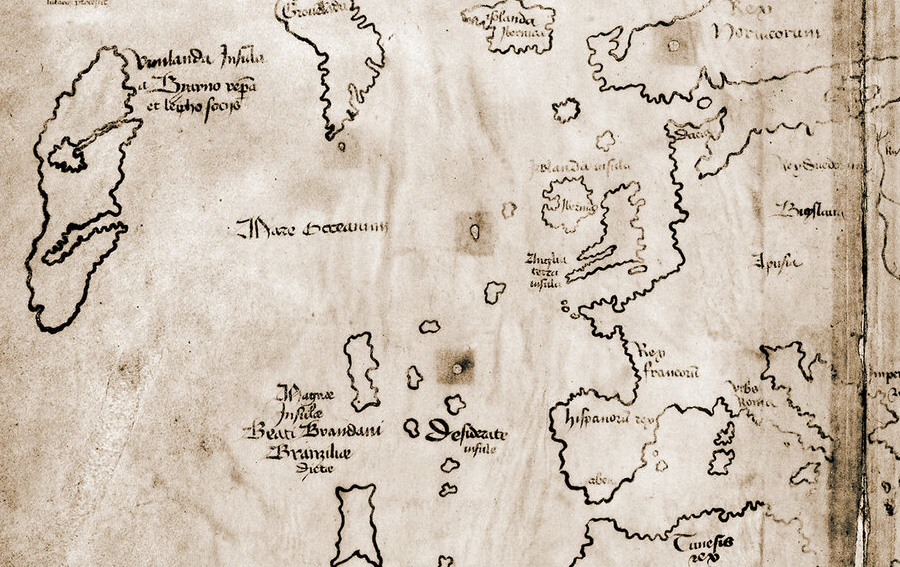Over the course of history, numerous relics, documents, and artifacts have either been discovered or created with the intention of deceiving or misleading individuals. These historical hoaxes have frequently had a significant impact on historical scholarship, cultural heritage, and public perception. They range from elaborate forgeries to outright hoaxes. The following are ten of the most popular authentic fakes that have enamored and deceived individuals across the ages.
1. The Piltdown Man Charles Dawson,

A British archaeologist, claimed in 1912 that he had found the fossilized remains of a previously unknown early human. He gave this person the name Piltdown Man. The discovery, which represented a “missing link” between apes and humans, was hailed as a significant advancement in the study of human evolution. However, the Piltdown Man was found to be a hoax in 1953: the skull was a composite of a cutting edge human and an orangutan, intentionally modified to seem old. Paleoanthropology was profoundly impacted by the deception.
2. The Vinland Map

The Vinland Map, first shown in 1965, claimed to be a medieval map from around 1440 showing a portion of North America. The map suggested that Norse explorers had arrived at the continent earlier than Christopher Columbus did. It was initially thought to be a revolutionary discovery, but it turned out to be a forgery from the 20th century. The inconsistencies in the map’s materials and ink with its claimed medieval origins cast doubt on its authenticity.
3. The Hitler Journals

In 1983, a progression of journals purportedly composed by Adolf Hitler were distributed, making a media sensation. The journals were professed to be private records of the Führer, offering new bits of knowledge into his viewpoints and systems. However, it was later discovered that the diaries had been forged by art dealer Konrad Kujau and German journalist Gerd Heidemann. The disclosure of the lie prompted an embarrassment and huge harm to the believability of the distributers.
4. Forgeries of the Dead Sea Scrolls

The Dead Sea Scrolls are ancient manuscripts that have provided invaluable insights into early Christianity and Judaism. They were discovered in the 1940s and 1950s. However, it was discovered in the 2000s that some of the fragments of the Dead Sea Scrolls that were offered to collectors in the latter part of the 20th century were modern forgeries. These fakes were made to take advantage of the genuine scrolls’ market value and academic interest.
5. The Cañada de la Muerte

During the 1970s, an alleged “Cañada de la Muerte” or “Passing Valley” was found in Mexico, professing to be an old Mayan site with proof of human forfeits and cutting edge innovation. The site created critical interest and was depicted as a pivotal archeological find. In any case, it was subsequently uncovered to be an intricate lie, with the relics and highlights manufactured by the people advancing the site.
6. The Phony Michelangelo Figures

In the mid twentieth hundred years, craftsmanship vendors delivered and sold molds purportedly made by Michelangelo. These forgeries were created to resemble the works of the Renaissance master and sold to unsuspecting collectors at high prices. Inconsistencies in style, technique, and materials were discovered by art historians and experts, exposing the deception.
7. The Forgeries of the Vinland Map

The Vinland Map, first shown in 1965, claimed to be a medieval map from around 1440 showing a portion of North America. The guide recommended that Norse voyagers had arrived at the mainland before Columbus. It was initially thought to be a revolutionary discovery, but it turned out to be a forgery from the 20th century. The inconsistencies in the map’s materials and ink with its claimed medieval origins cast doubt on its authenticity.
8. The fabrication of the “Shroud of Turin”

Although the Shroud of Turin is a real artifact, there have been claims that forgeries or fabricated versions attempt to replicate its appearance. Various attempts were made in the 16th century to create similar cloths with alleged miraculous properties. The most well-known of these was a cloth that was claimed to be the Shroud of Christ but turned out to be a creation of later times rather than an actual relic.
9. The Stalin Journals

In the mid 1950s, a progression of journals purportedly composed by Joseph Stalin were circled, offering bits of knowledge into his confidential life and political techniques. In the end, it was discovered that these diaries were fakes made with the intention of manipulating political opinions and historical narratives. The deception had significant effects on the study of history and politics during the Cold War.
10. The Atlantis Swindle

During the 19th and early 20th centuries, a number of people made claims that they had found evidence of the lost city of Atlantis, which Plato had described. Maps, fabricated artifacts, and pseudoarchaeological findings were common in many of these claims. These false discoveries were frequently used to support a variety of theories about ancient civilizations, but they were eventually proven to be bogus.
End
Verifiable fakes and frauds significantly affect how we might interpret the past. These fake documents and artifacts, which range from elaborate hoaxes to clever deceptions, call into question the accuracy of historical scholarship and emphasize the need for thorough verification and scrutiny. In addition to highlighting the significance of critical thinking in the pursuit of historical truth, investigating these well-known forged documents demonstrates the inventiveness that lies behind the deceptions.



GIPHY App Key not set. Please check settings